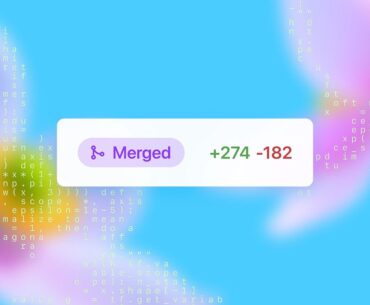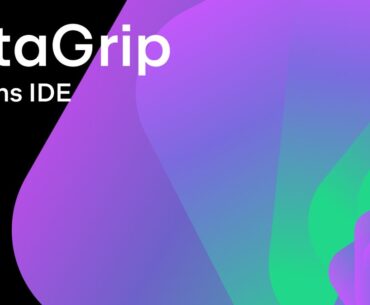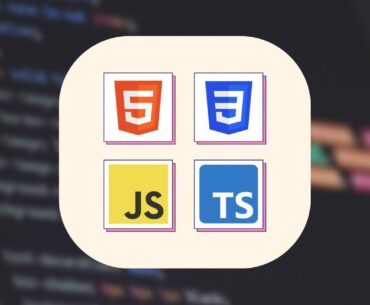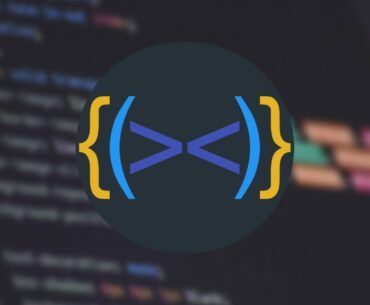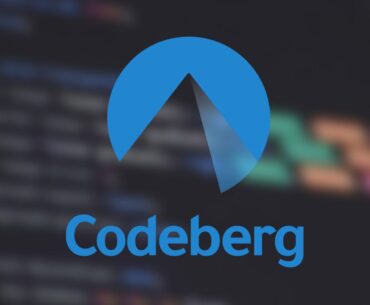On a Tuesday morning in August, marketing consultant Lina Sørensen opened her inbox to find five reports—“polished, professional, ready to send”—drafted by the AI assistant she uses. In minutes, she checked them, made a few tweaks, and forwarded them. A few days later, her colleague pushed back. “These…
Last month, Google quietly rolled out a major upgrade to its NotebookLM tool: users can now generate AI “audio overviews” — podcast-style conversations — in more than 50 languages. For creators who have long wrestled with time, budget, and technical hurdles, that change feels like a door opening.…
AI coding agents, once niche experiments, are moving into the software mainstream. New data shows rapid uptake across engineering orgs: Jellyfish reports agentic AI usage among companies jumped from ~50% in December to 82% by May, while Google’s latest workforce study finds 90% of tech workers now use…
There’s a scoreboard on GitHub that doesn’t track people at all. It tracks bots. The project is called PR Arena, and for months it has been quietly tallying how well artificial intelligence coding agents perform when they try their hand at one of the most sacred rituals in…
Three years after ChatGPT burst into office Slack channels and dinner-table debates, a new analysis from Yale’s Budget Lab lands with a quieter message than the headlines predicted: the broad U.S. job market still looks… normal. Not frozen. Not in free fall. Just changing at roughly the pace…
A new player entered the crowded AI landscape today. Thinking Machines Lab, a startup founded earlier this year by former OpenAI CTO Mira Murati, announced Tinker, an API that lets researchers fine-tune large language models without building their own training infrastructure. The promise is straightforward: instead of wrangling…
JetBrains has officially updated the licensing model for its database IDE DataGrip: starting October 1, 2025, anyone using it for non-commercial purposes—such as learning, hobby projects, open source work, or content creation—can use it for free. All features remain available under this non-commercial license. For those using DataGrip…
If you look back a decade or more, front-end development evolved from static HTML/CSS pages to small sprinkles of jQuery, then to heavier client-side apps with AngularJS, Ember, Knockout, Backbone, etc. Over time, concerns like performance, SEO, bundle size, developer experience, and maintainability pushed the landscape through several…
If you stepped into server-side development in 2025 without context, it might look like magic: you pick a framework, scaffold an API, hook up a database, deploy to the cloud, and voilà — you have a web service. But that ease is built on decades of evolution, trial…
It began as a modest dream in Berlin in late 2018. A small group of free-software advocates founded Codeberg e.V., determined to offer a noncommercial, community-governed home for open source projects. Their goal: to reduce dependence on corporate forges, to stay under European jurisdiction, and to run a…
In the early days (say the 2000s and early 2010s), machine learning was dominated by “statistical” frameworks: libraries like scikit-learn, Weka, MATLAB toolboxes, and even standalone toolkits like LIBSVM or Theano (which appeared around 2007). These tools handled regression, classification, ensemble methods, kernel methods, and so on. But…








